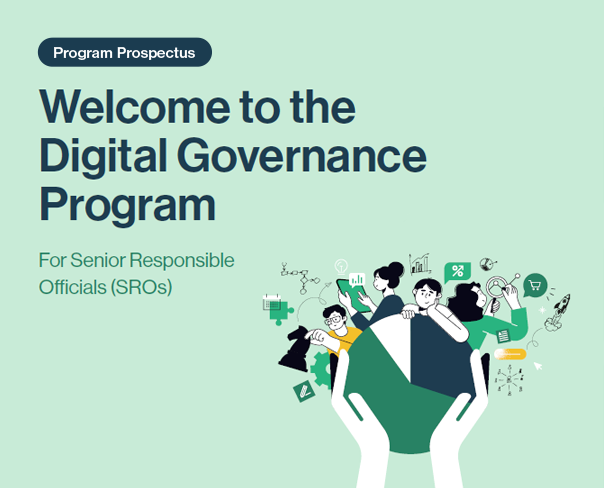-
Understand the diversity of your users
Conduct segmented user research: Go broad and deep on the learnings from Criterion 2 (‘Know your user’) by conducting targeted and ethical user research. Assess edge-cases to ensure your service captures and responds to unique circumstances and needs.
Use data-driven insights: Collect and analyse information about your different users to understand the different barriers they might experience when using your service. Eliminate these barriers through design and validate your solutions’ effectiveness with real-world users.
Include non-digital users: Test how easily users can access your service to understand the impact of the digital divide. Ensure those users have a voice in decisions affecting them. Design omni-channel pathways that cater to non-digital access and experiences that some users rely on to access government services.
Form partnerships: Where some types of users are under-represented in research or may require different or tailored approaches to reach and engage with, collaborate with other agencies, community groups or the private and not-for-profit sector to reach them.
Off -
-
-
Comply with legislation and standards
Use existing standards as your baseline: Comply with legislation and standards to ensure your service uses best practice and meets the expectations for government services. Consider any specific legislation or policies relevant to your service as well as the Disability Discrimination Act (1992), the latest version of the Web Content Accessibility Guidelines (WCAG) and should consider the government’s Style Manual.
Offer content in alternate formats: Offer content in different mediums (such as text, images and audio) and segment long documents or tutorials into chunks. Provide human-validated multilingual support for critical information. Evaluate your service with users who depend on assistive technology, integrate their feedback and resolve pain-points through design.
Consider different platforms: Prior to launch, comprehensively test your service across devices and platforms your users will access it through. Anticipate how content will appear on different devices in your designs and assess whether platform-specific interfaces either support or fail to meet accessibility standards.
Design for affordability and connectivity: Design and develop your service to use as little bandwidth and data as possible. Where it suits the service, make it cache for offline access or offer downloadable, print-friendly versions of critical content.
Use accessible language: Use plain language in both your content and user interface to ensure your service is usable by all. Replace niche terminology or jargon with widely understood terms. Always adhere to the government’s Style Manual and plain language guidance.
Off
Connect with the digital community
Share, build or learn digital experience and skills with training and events, and collaborate with peers across government.


